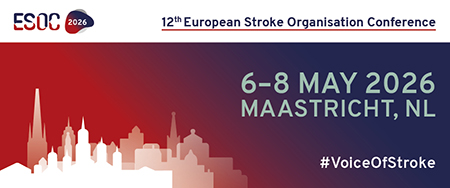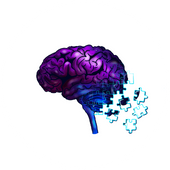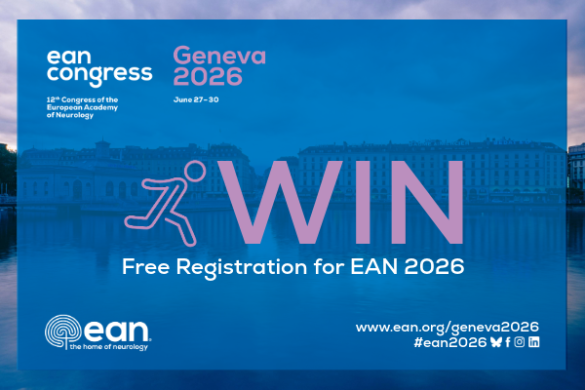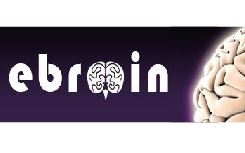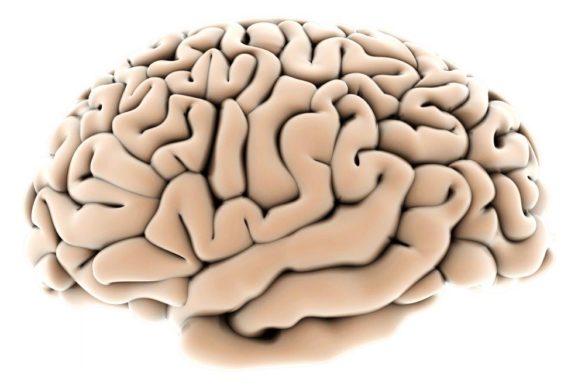by Sara Machado et al.
Introduction: Neuromyelitis optica (NMO) affects preferentially the optic nerve and spinal cord; and its serum marker, the antibody against AQP4, has improved the diagnosis. AQP4 is heavily expressed in area postrema, which explains clinical presentations such as incoercible vomiting. Nonetheless, it is also expressed in other organs such as kidneys and stomach and the reason why they are spared is not understood. With this clinical report we intend to highlight the potential pitfalls in the diagnosis of NMO, namely with atypical presentations such as vomiting.
Clinical Report: A previously healthy 14-year-old child presented to the A&E due to a subacute onset of vomiting and hiccups. A couple of days later she experienced weakness in the lower limbs with further progression to the upper limbs and urinary retention. On examination, the cranial nerves were spared (without RAPD), there was no Lhermitte’s sign; but a tetraparesis with a pyramidal pattern was found. Also, there was a sensory thoracic level, hyperreflexia and bilateral Babinski’s sign. The aetiological investigation disclosed: CSF with pleocytosis (240/uL) with predominance of polymorphonucleated cells, hyperproteinorraquia (113mg/dl) and oligoclonal bands in a mirror pattern. All the other CSF evaluations were unremarkable, including cultures and immune tests. All other CSF evaluations were unremarkable, including cultures and immune tests. Extensive lesion from the area postrema up to the conus medullaris, with preferential involvement of the grey matter (figures 1 and 2), positive anti-AQP4-IgG antibodies and also both haematuria and proteinuria was found. Methylprednisolone was promptly started but due to clinical deterioration, with necessity of invasive ventilation, cycles of IVIg, Plasma Exchange, cyclophosphamide, and rituximab were initiated. After approximately 6 months at the ICU, in spite of the aggressive treatment strategy, she deteriorated with bilateral optic neuritis, tetraplegia and finally fatal dysautonomia.
Comments from the authors:
NMO is a severe, demyelinating auto-immune disease of the central nervous system (CNS), with the sine qua non defining features of transverse myelitis and optic neuritis (1). Its distinct serum marker has been identified and it is an IgG auto-antibody against AQP4. NMO is usually described as a benign entity with a monophasic course but recent reports attest its relapsing and severe character, even in paediatric patients(2). The exact prevalence in children is not unknown.
The area postrema is an important target in this disease (3,4) leading to peculiar clinical presentations such as incoercible vomiting, which is an increasingly recognized symptom, often preceding optic neuritis and transverse myelitis(5).
There are findings supporting the diagnosis: Lesions involving more than three contiguous vertebral segments and CSF profile through pleocytosis with predominance of polymorphonuclear cells are very suggestive. One should take into account that seropositivity for other antibodies is a frequent finding and 50% of NMO patients are ANA+.(6) Hence, the presence of other antibodies must not exclude this diagnosis.
In conclusion, early diagnosis of this disease is critical as its acute episodes are usually devastating and may have a poor prognosis.(7) The NMO-IgG is a precious tool in the diagnosis of NMO and we believe that such antibody should be promptly requested in cases with spinal medulla lesions greater than three vertebral segments, even with unusual presentations. An early diagnosis may result in reduction of both morbidity and mortality.
References
1) Wingerchuck DM, Lennon VA, Lucchinettim CF, Pittock SJ, Weinshenker BG. The spectrum of neuromyelitis optica. Lancet Neurol 2007;6:805-815.
2) Huppke P, Blüthner M, Bauer O, et al. Neuromyelitis optica and NMO-IgG in European pediatric patients. Neurology 2010;75:1740.
3) Pittock SJ, Weinshenker BG, Lucchinetti CF, Wingerchuk DM, Corboy JR, Lennon VA. Neuromyelitis optica brain lesions localized at sites of high aquaporin 4 expression. Arch Neurol 2006;63:964 –968.
4) Rash JE, Davidson KG, Yasumura T, Furman CS. Freeze-fracture and immunogold analysis of aquaporin-4 (AQP4) square arrays, with models of AQP4 lattice assembly. Neuroscience 2004;129:915-34.
5) Popescu BFG, Lennon VA, Parisi JE, et al. Neuromyelitis optica unique area postrema lesions : Nausea, vomiting, and pathogenic implications. Neurology 2011;76;1229.
6) Pittock SJ, Lennon VA, Wingerchuck DM, Homburger HA, Lucchinetti CF, Weinshenker BG. The prevalence of non-organ specific autoantibodies and NMO-IgG in neuromyelitis optica (NMO) and related disorders. Neurology 2006; 66:A307.
7) Ghezzi A, Bergamashi R, Martinelli V, et al. Italian Devic’s Study Group (IDESG). Clinical characteristics, course and prognosis of relapsing Devic’s Neuromyelitis Optica. J Neurol 2004;251:47-52.
Sara Machado is working at the Department of Neurology, Hospital Professor Doutor Fernando Fonseca, EPE. Amadora, Portugal. Her co-authors are JP Vieira, R. Silva, P. Sousa and E. Calado from the Department of Paediatric Neurology, Hospital Pediátrico Dona Estefânia, Lisboa, Portugal; C. Conceição from the Department of Neuroradiology, Hospital Pediátrico Dona Estefânia. Lisboa, Portugal; M. Ramos from the Department of Paediatric Rheumatology, Hospital Pediátrico Dona Estefânia. Lisboa, Portugal; G. Queiroz and L. Ventura from the Paediatric Intensive Care Unit, Hospital Pediátrico Dona Estefânia. Lisboa, Portugal.
Comment by Kevin Rostasy
This is an unusual case of NMO with serum AQP4 IgG antibodies in a child because of the severe clinical presentation combined with a fatal outcome despite extensive medical treatment including immunosuppression with various drugs and intensive care monitoring. Usually the clinical presentation in the initial phase of the disease is characterized by episodes of unilateral or bilateral optic neuritis followed by transverse myelitis or vice versa. Presentation with hiccups and vomiting has been reported in adults but only rarely in children. Children often recover completely with adequate treatment such as intravenous methylprednisolone initially but require immune-modulation with drugs such as azathioprine or rituximab to prevent further attacks.
It appears that in particular children with NMO and serum AQP4 IgG antibodies have a more severe disease course and should be treated promptly with the above mentioned drugs.
Children with NMO and absent serum anti-AQP4 IgG antibodies seem to have a more benign course. In these children I recommend to repeat antibody testing of serum anti-AQP4 IgG antibodies in addition to serum anti-MOG IgG antibodies, both ideally with cell-based assays. Three studies (Mader et al., 2011; Kitley et al., 2012; Rostasy et al., in press) recently showed that in a subgroup of adults and children with definite NMO and absent AQP4 antibodies high titre of anti-MOG IgG antibodies can be found in serum.
Interestingly the clinical course of these patients is milder and treatment response to IVIG at monthly intervals is good (personal experience).
The child was treated with high dose steroids and IVIG in the acute phase but failed to respond clinically. Few reports are on record which describes adult patients with a severe manifestation of NMO who were treated successfully with cycles of plasmapheresis which might have been an option in this fulminant case of NMO.
Dr. Kevin Rostásy is Head of the Division of Neuropediatrics at the Children’s Hospital in Innsbruck, Austria. His special interest is paediatric neuroimmunology.


